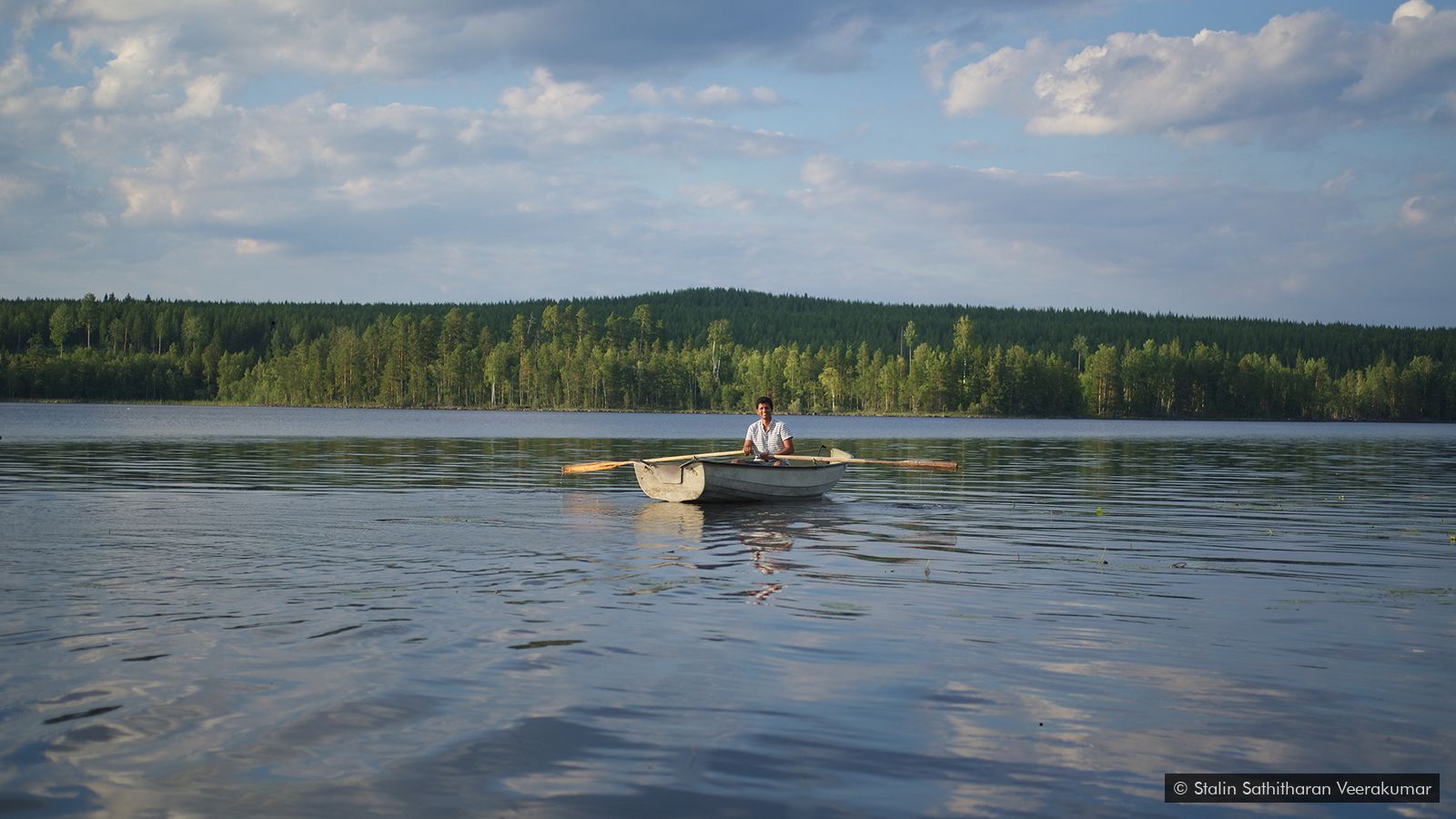
Swedes have long embraced their version of staycations: hemester. Now, Covid-19 travel restrictions and remote working are reshaping the tradition.
Even before Covid-19, there was a long-running national obsession with staycations in Sweden. Here, they’re known as ‘hemester’, which comes from the Swedish words for home, ‘hem’, and holiday, ‘semester’. While hemester can mean you’re simply staying put in your apartment or house during your annual leave, it is also commonly used to talk more generally about taking a vacation anywhere within your own country. Despite a growing trend for international holidays over the past few decades (before the Covid-19 pandemic, Swedes were among the most-travelled nationalities in the world), spending time in summer homes remained a calendar staple for both wealthy families and those on lower incomes.
“I think in the Swedish mentality, it becomes something almost necessary in order to connect with nature and recharge your batteries for long, dark and cold winter,” explains Jennifer Dahlberg, a US-born blogger and author who is currently writing a book set in the Stockholm archipelago, where she’s spent summers for the past two decades.
I – Word Understanding
Staycation – a vacation spent at home or one’s home country or local area
Staple – used constantly by many people
II – Have Your Say
1, Let’s go for a staycation! Where would you like to go and what activities are ideal for you?
2, If you cannot go anywhere, how long can you staycation at home?
3, Are you in favor of Japan’s Go To Travel Campaign? Why or why not?
4, Many countries are planning to slowly reopen tourism. Which countries would you consider safe to travel to?
5, Is Japan ready to accept foreign visitors? What measures should the government implement for safety?


